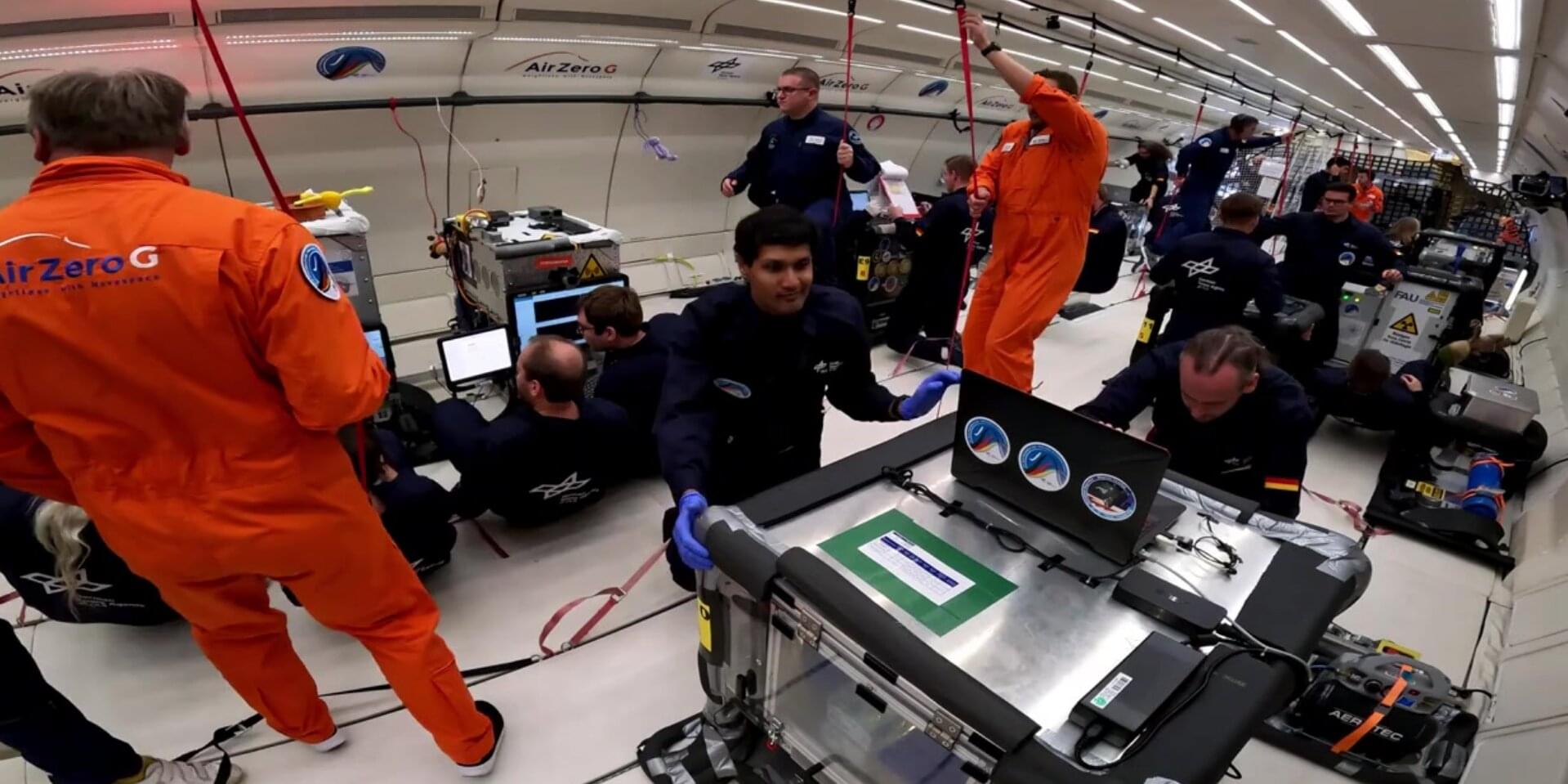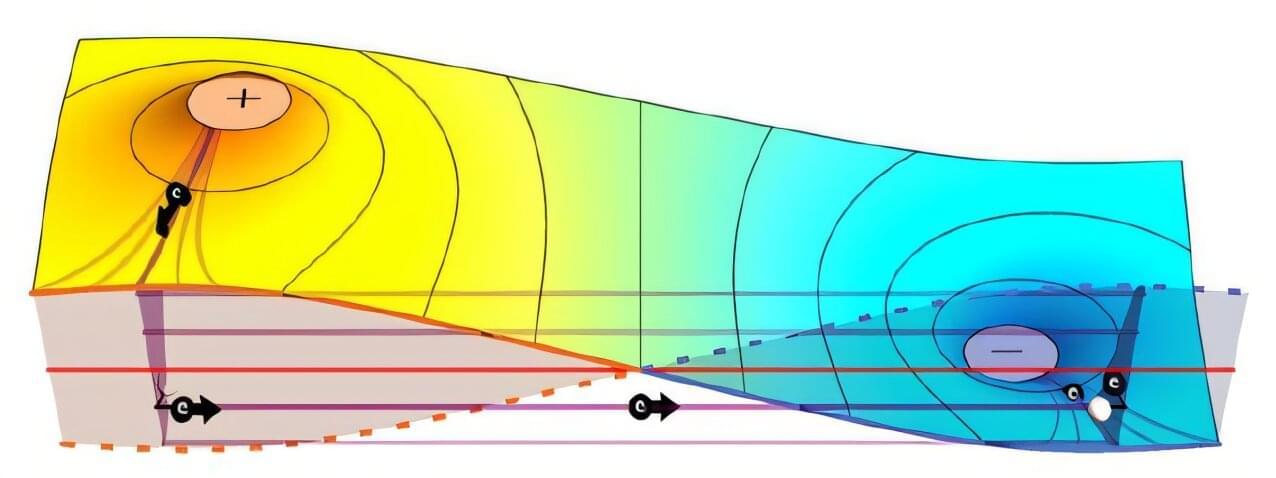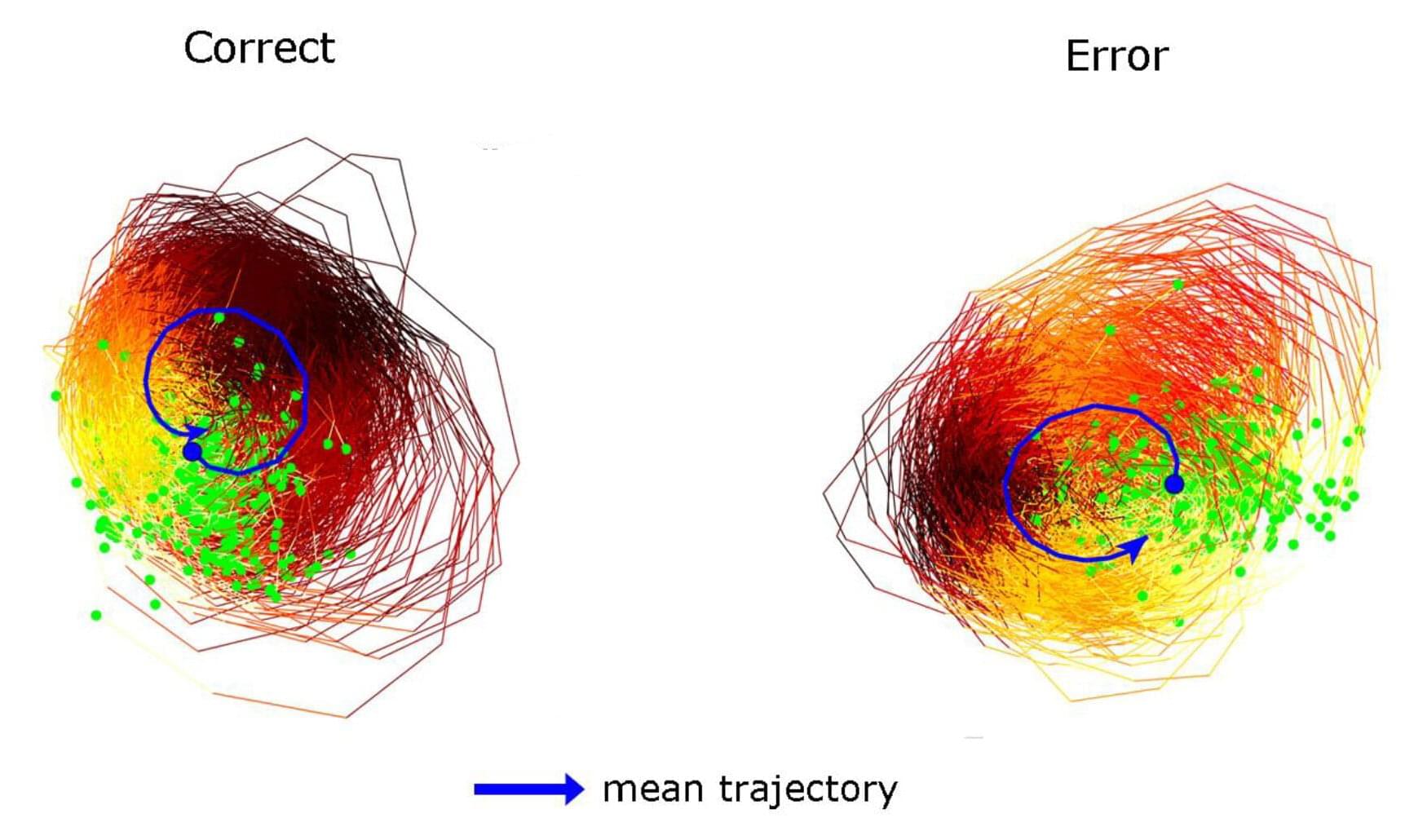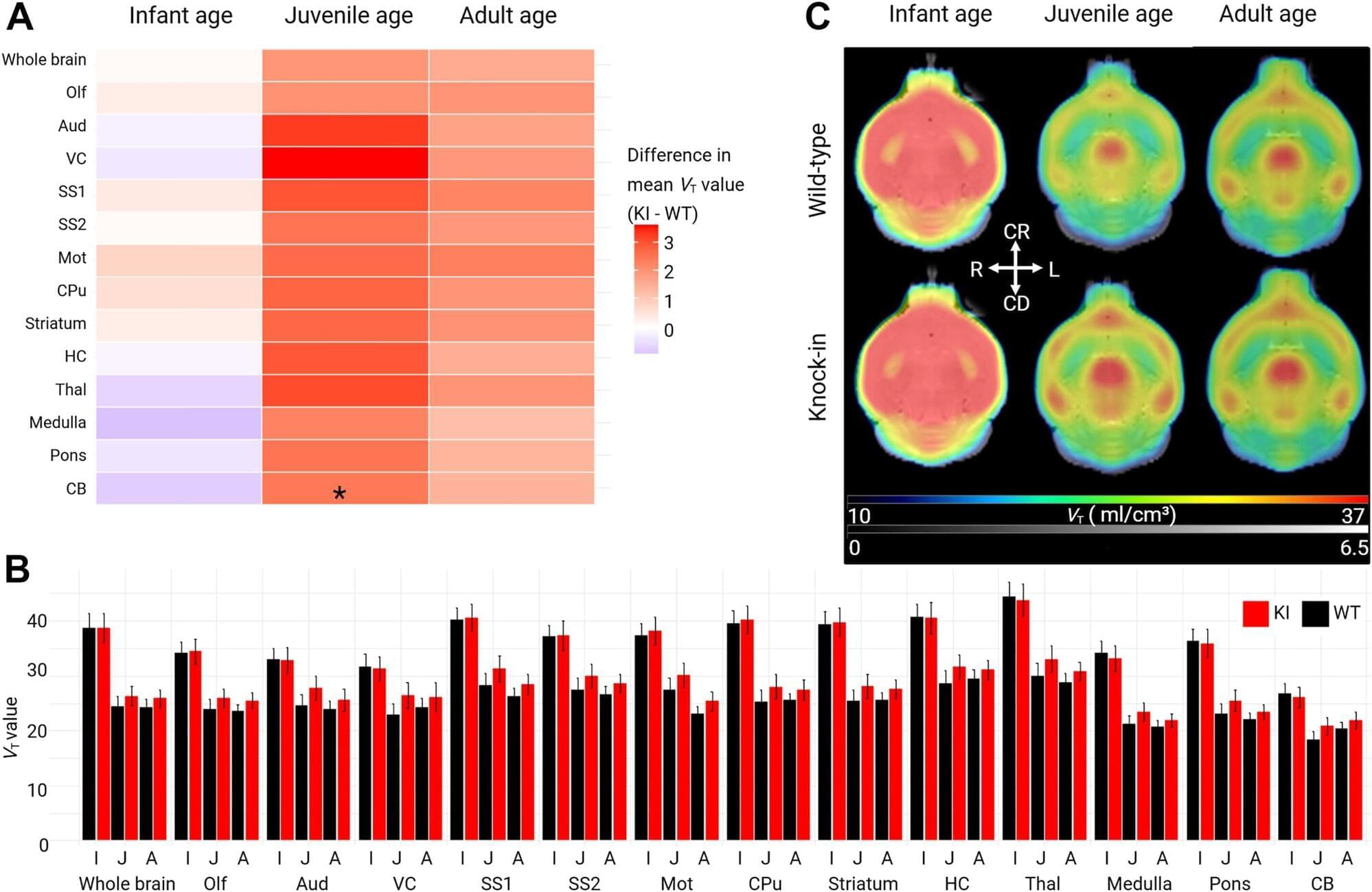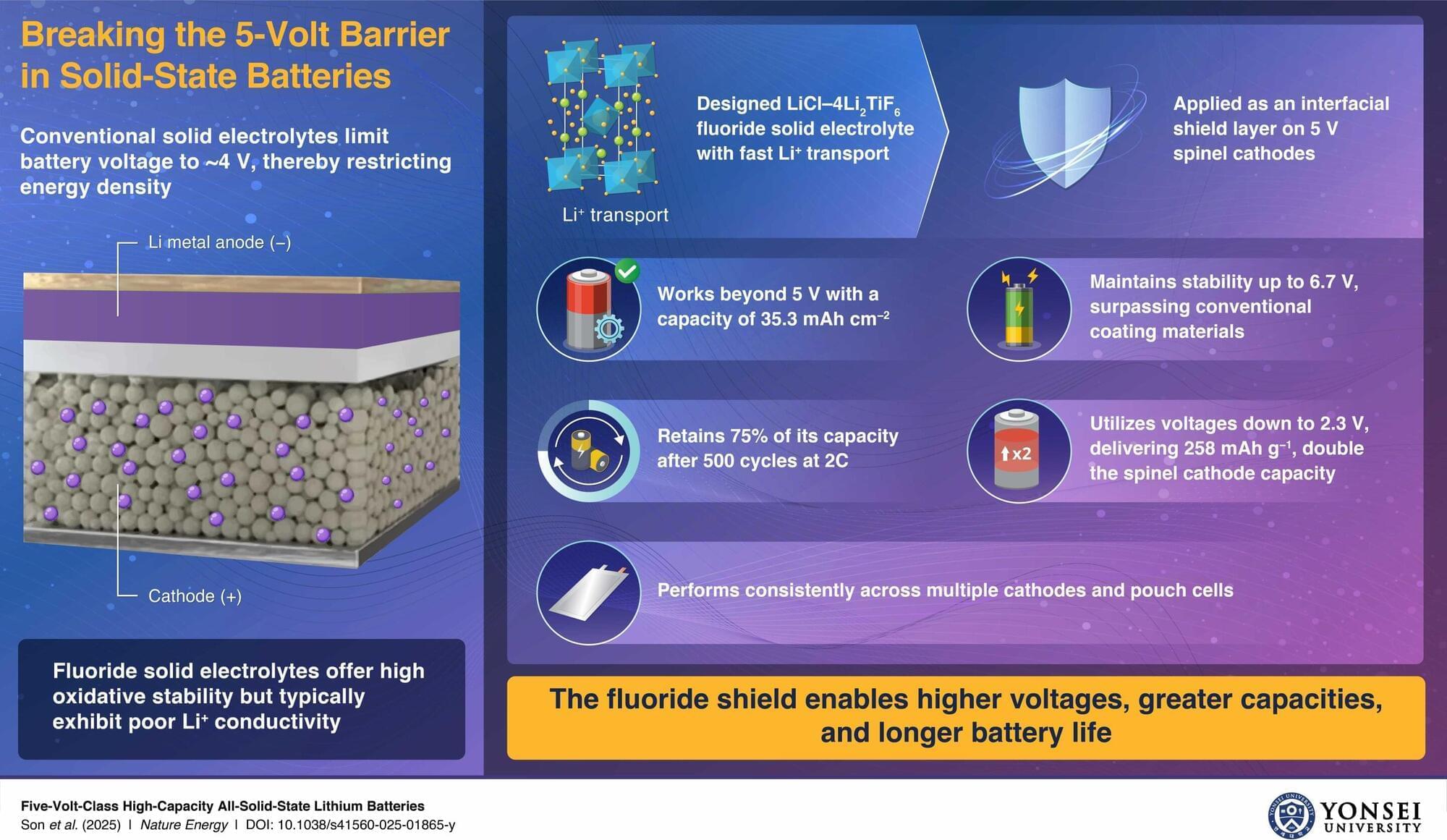Human health is the Achilles heel of space travel. Researchers at ETH Zurich have now succeeded in printing complex muscle tissue in zero gravity. This will enable drugs for space missions to be tested in the future.
On their way into space, astronauts’ bodies deteriorate dramatically in zero gravity. To address this problem and protect our pioneers in space, researchers are looking for realistic test models.
This is precisely where the research of a team at ETH Zurich comes in. To produce muscle tissue under the most precise conditions possible, the research team led by Parth Chansoria used parabolic flights to simulate the microgravity of space for a short period of time. This technical feat brings the researchers closer to their long-term goal: growing human tissue in orbit to study diseases and develop new therapies.
